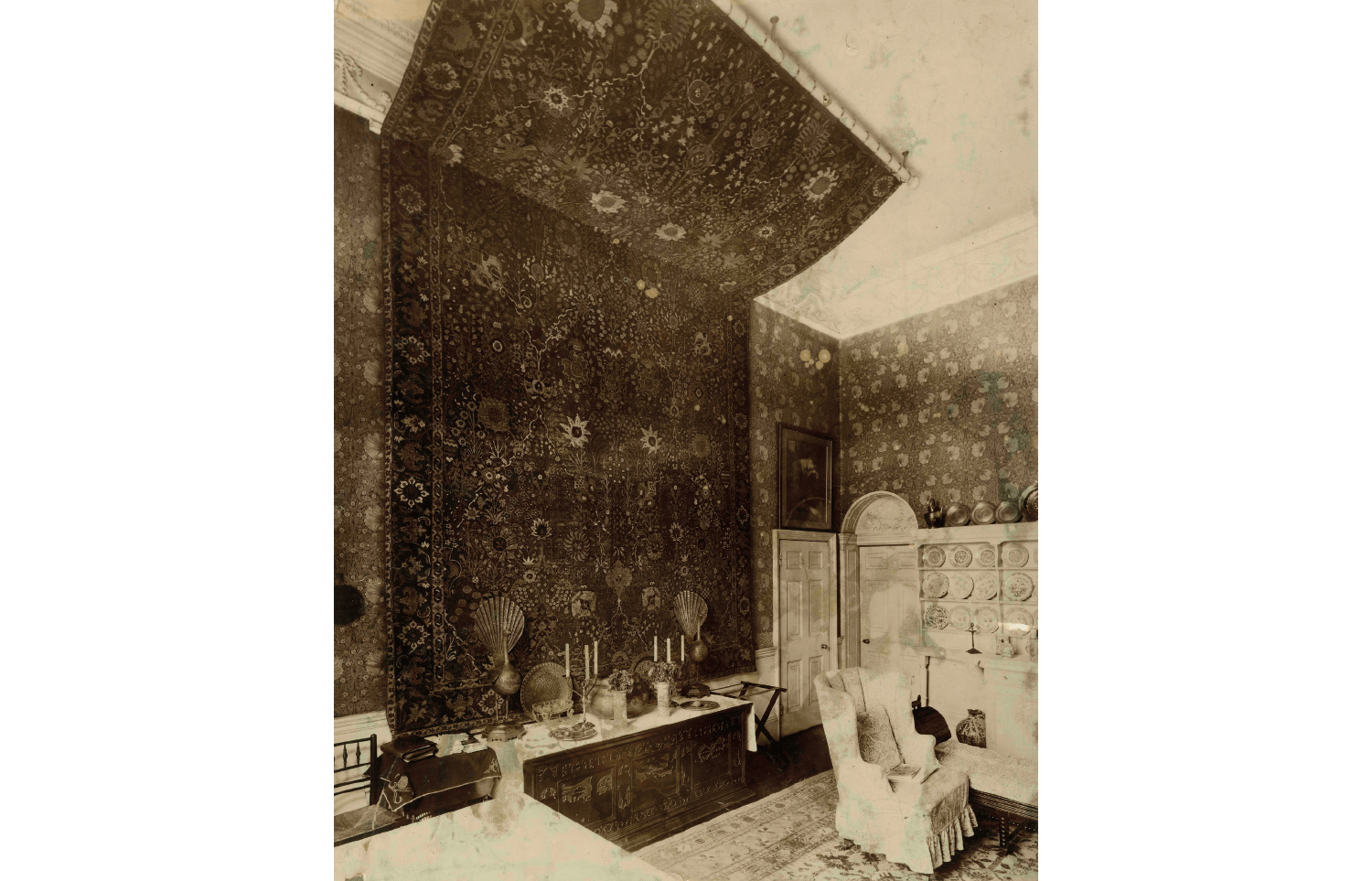When William Morris was born in Walthamstow, in 1834, it was little more than a clump of marshland at the edge of the Epping Forest. This was the terrain of his free, frolicsome childhood, and it would forever form his image of humble, Edenic England, uncorrupted by the industrialist’s yoke. About the only thing that remains of this prelapsarian Walthamstow, amid its railway lines and brownfield sites, is the family home where Morris grew up, in some splendour – now a gallery dedicated to his artistic legacy.
‘To us pattern designers, Persia has become a holy land, for there our art was perfected’
The landscape has been supplanted, and much of the population transplanted. Next door to the William Morris Gallery is a Hindu temple where a gargoyle of the elephant deity Lord Ganesh keeps watch. Parading past the gallery every year is Europe’s largest birthday procession for the Prophet Muhammad. The manufacturing revolution Morris despised made Walthamstow a redoubt of the east London proletariat, which eventually encompassed a large community descended from Pakistani, Turkish and West Indian labourers.

Get Britain's best politics newsletters
Register to get The Spectator's insight and opinion straight to your inbox. You can then read two free articles each week.
Already a subscriber? Log in








Comments
Join the debate for just $5 for 3 months
Be part of the conversation with other Spectator readers by getting your first three months for $5.
UNLOCK ACCESS Just $5 for 3 monthsAlready a subscriber? Log in